Distributor Selection - Mastering the Assessment Phase
Enchange Supply Chain Consultancy
JUNE 19, 2024
In my last Article and Post I presented a Simple Guide to Selecting and Engaging Distributors using the the A-B-C of Route to Market. As a reminder of the A-B-C of Route to Market , my aim is to simplify the world of RtM into a series of three steps that any RtM practitioner can execute. I would like the message to be actionable by all professionals be they small business owners trying to find new export markets, commercial heads of large multinationals or RtM management consultants.
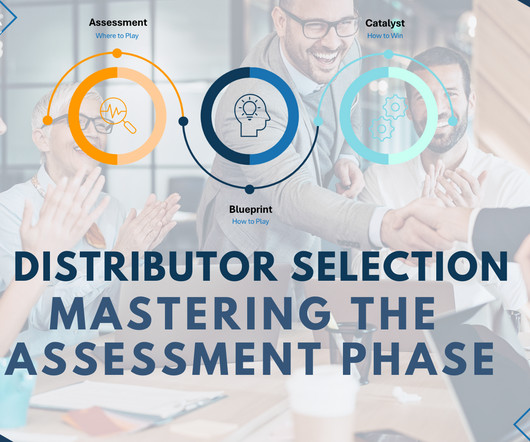


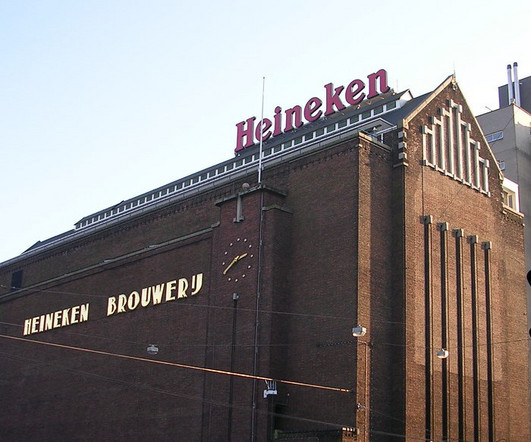

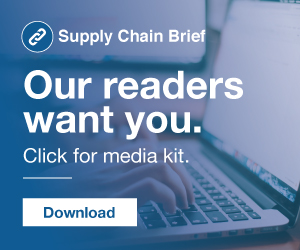











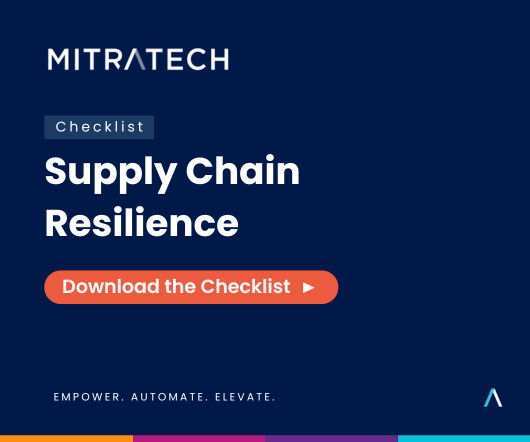









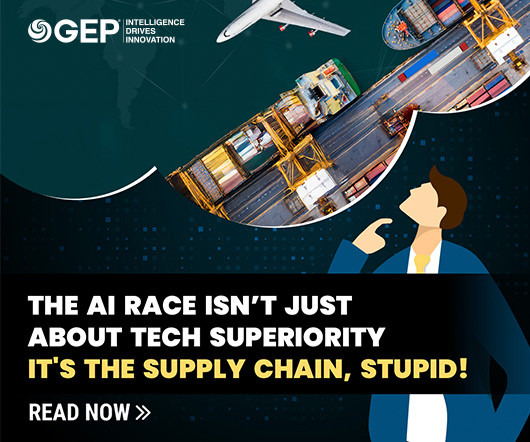


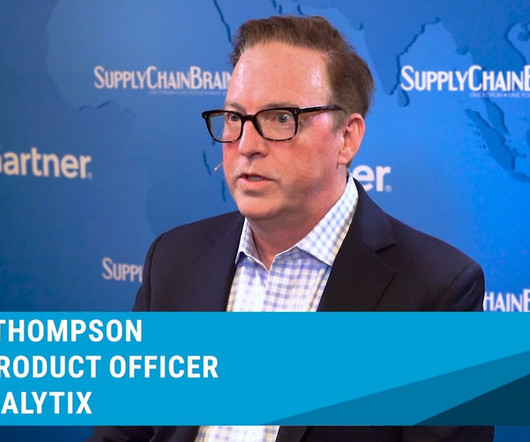

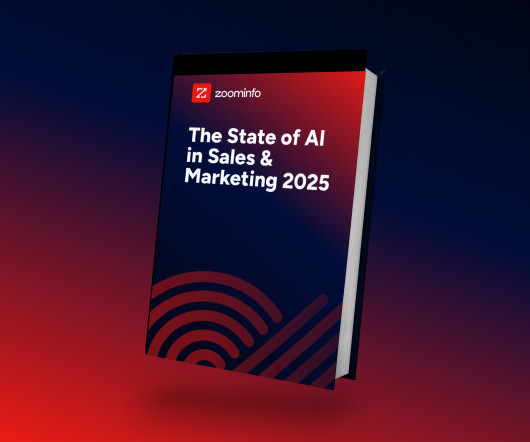













Let's personalize your content